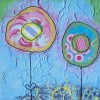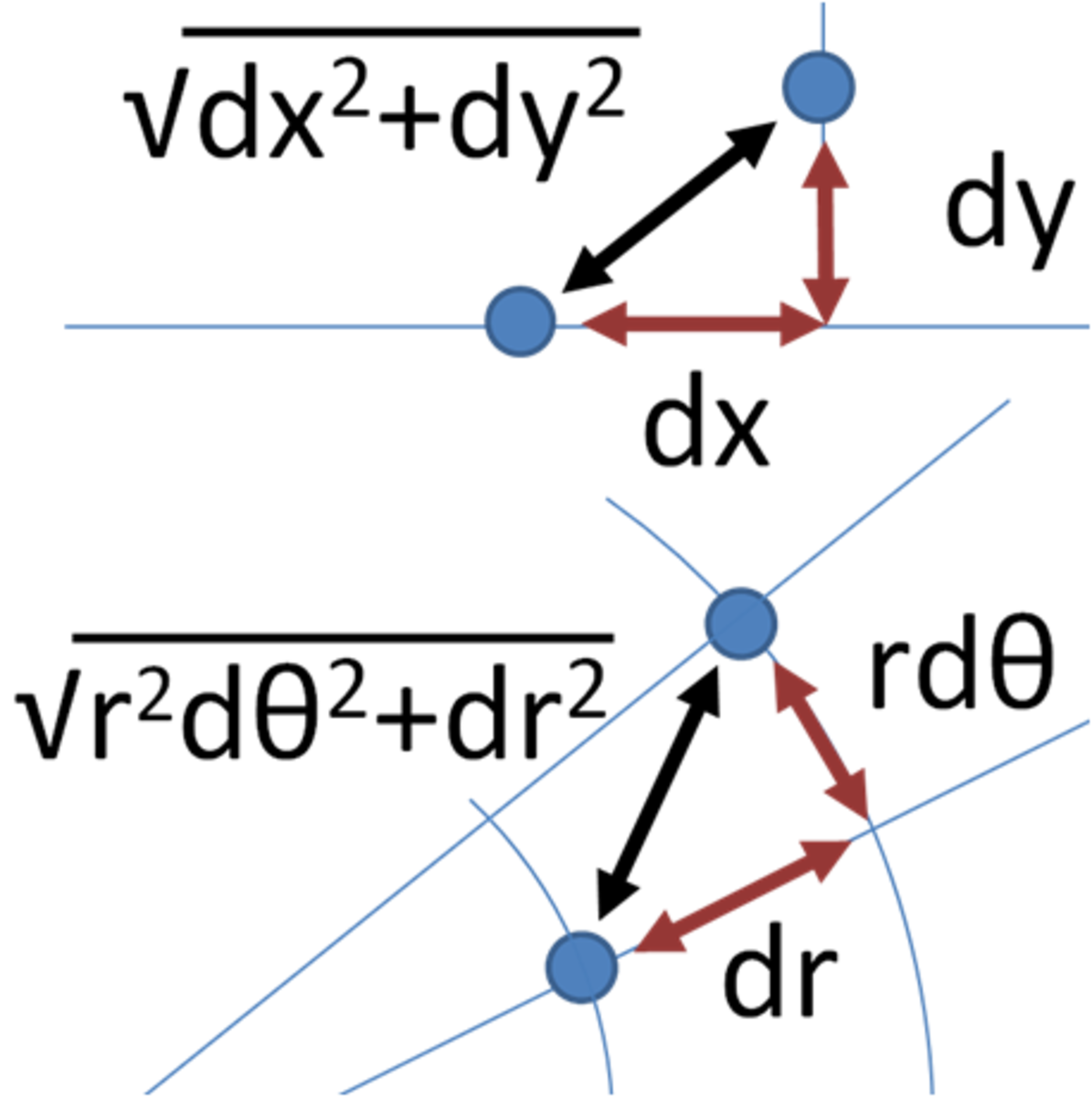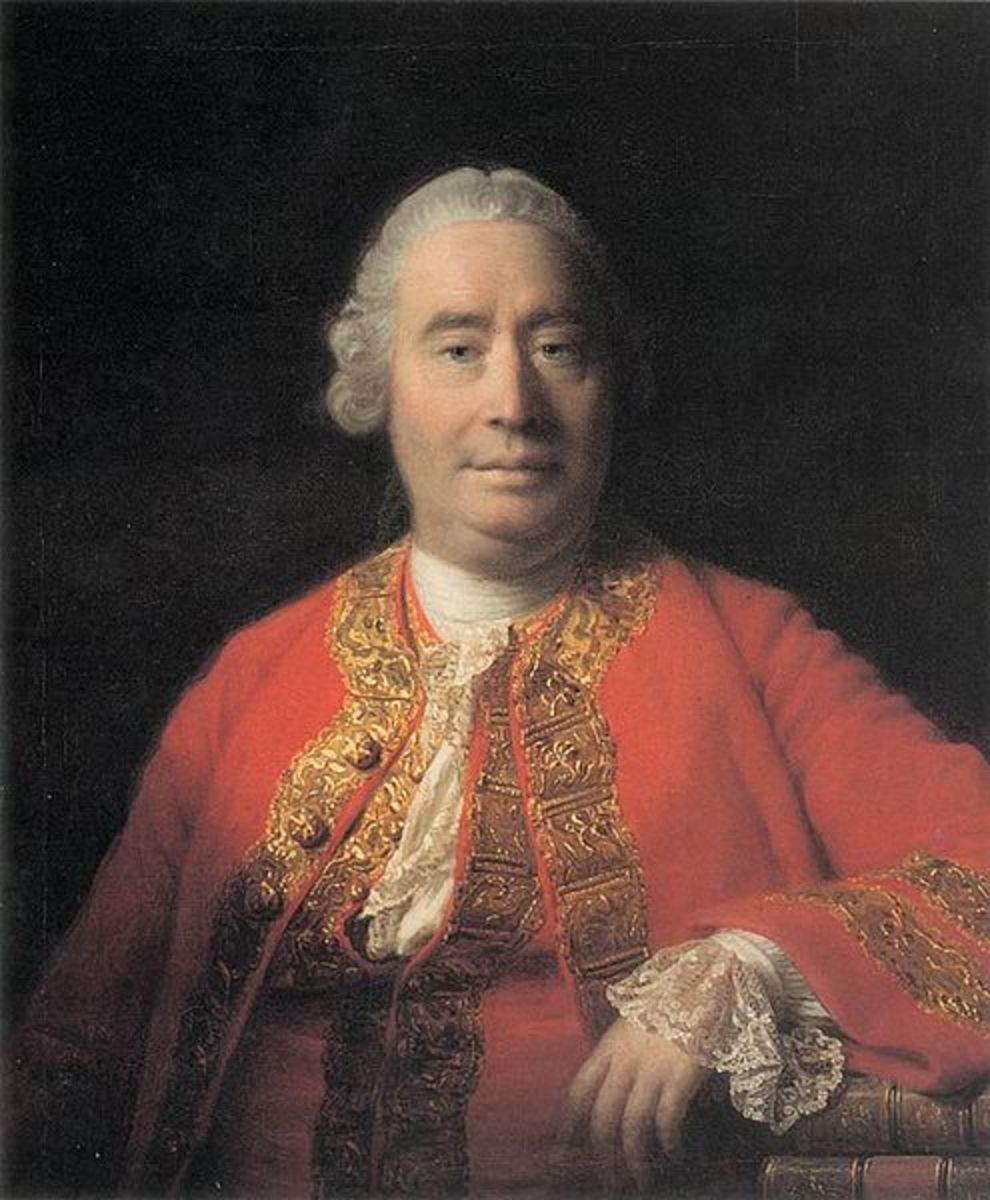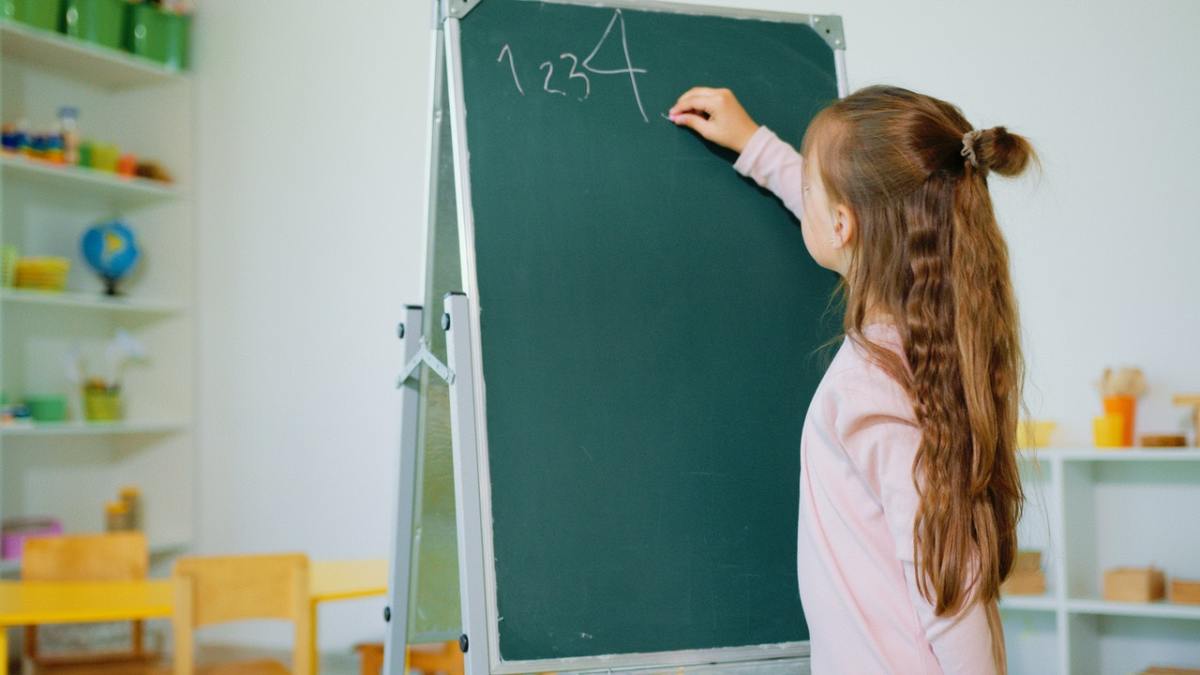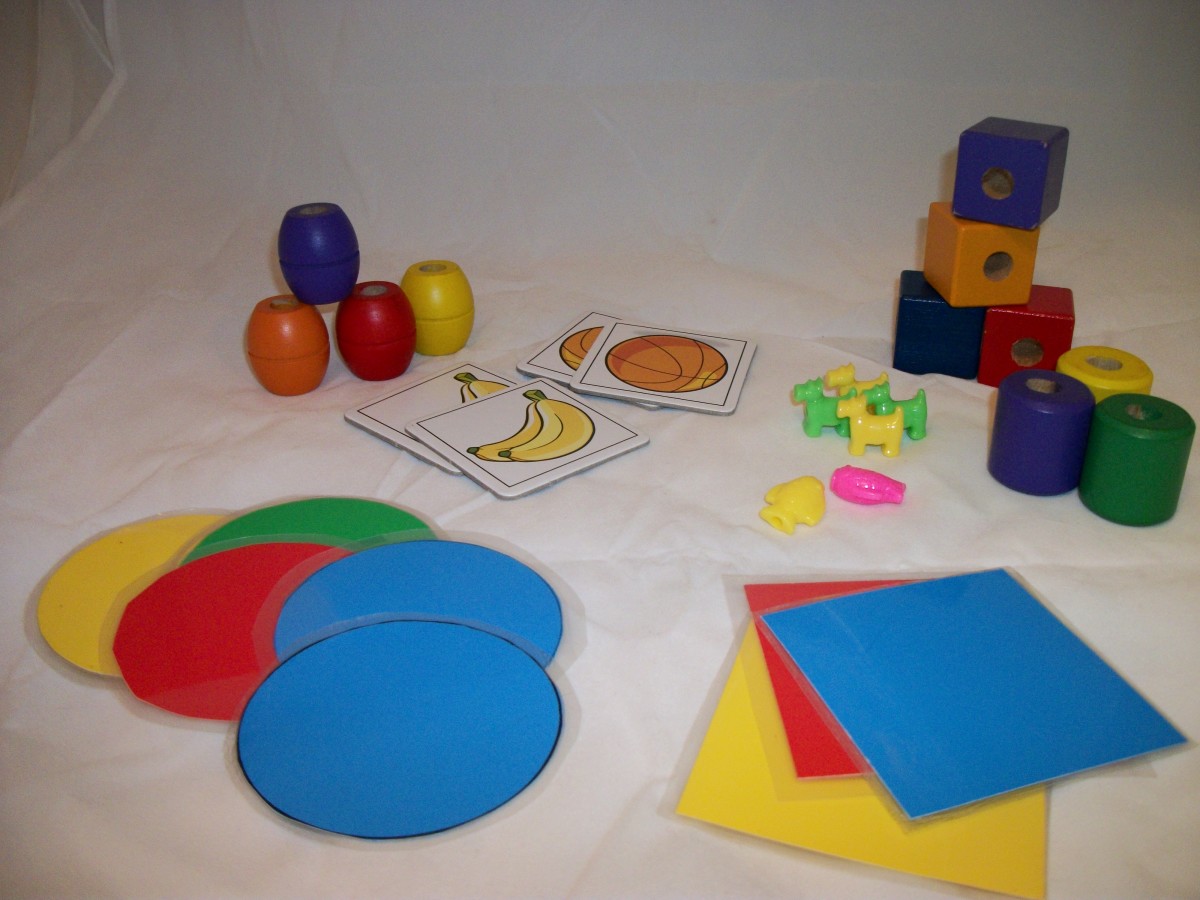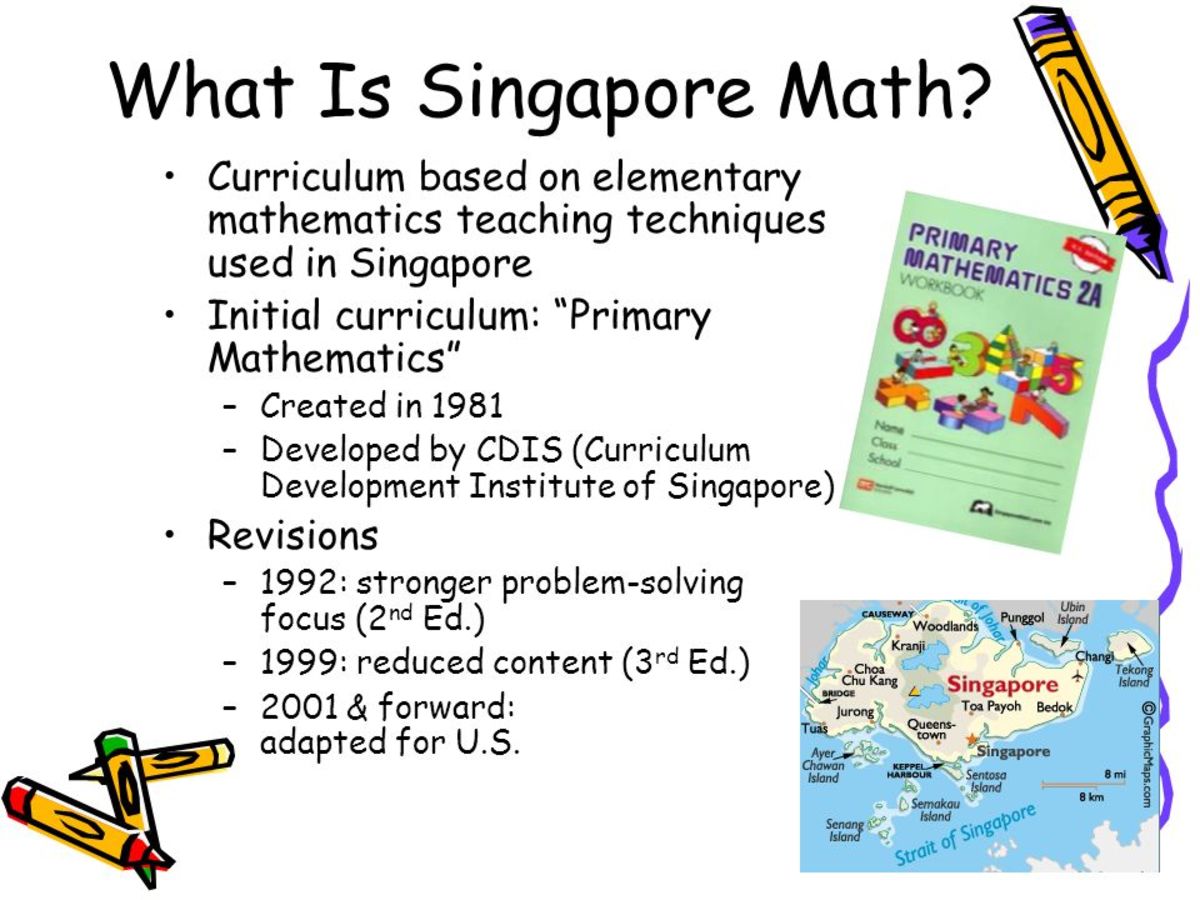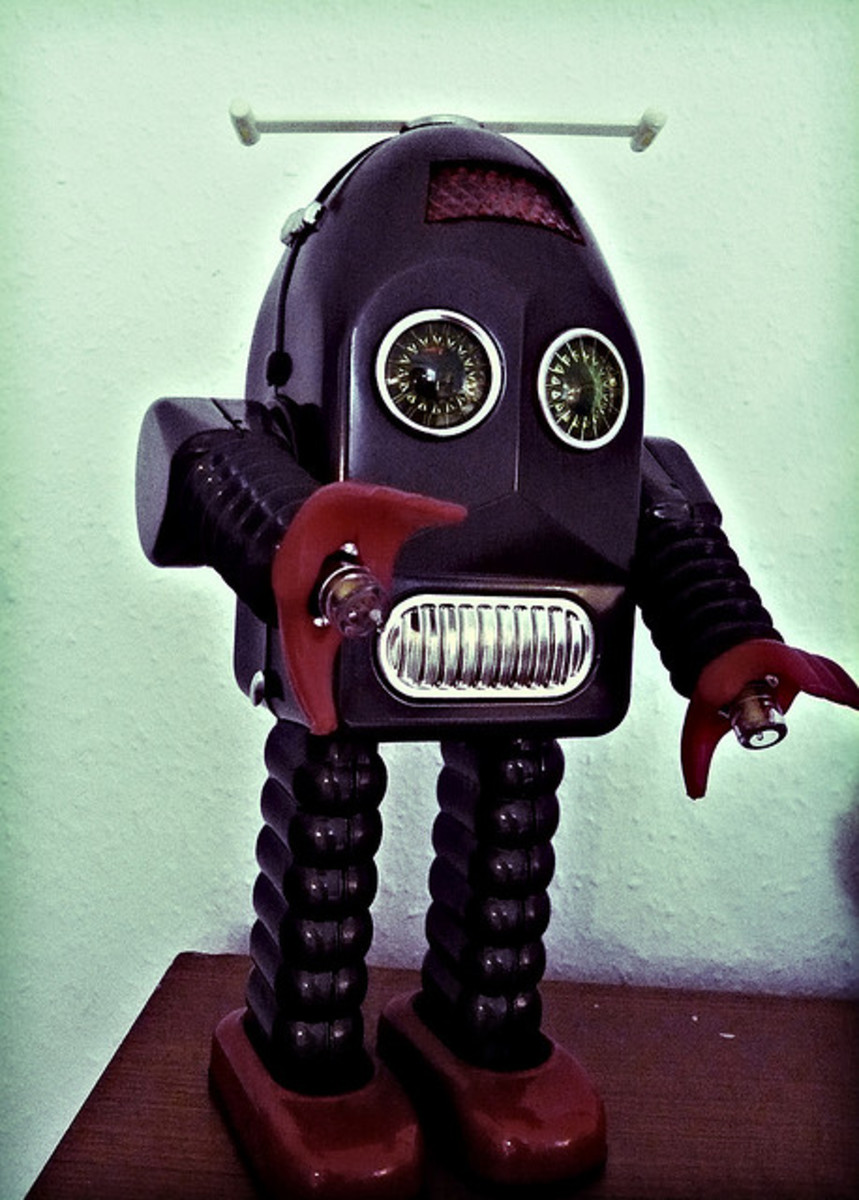Preparing Your Pre Schooler to Enjoy Math
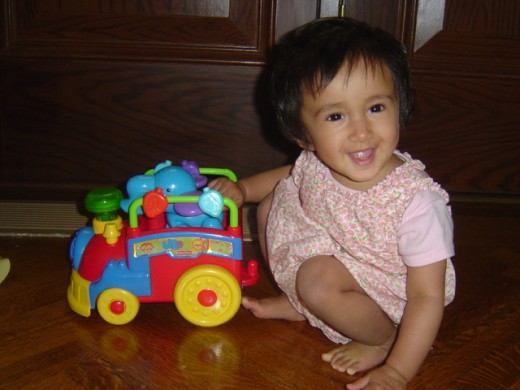
Prepare you child for learning math
As a mathematics teacher with experience teaching all grades from Kindergarten to College level, I am often asked the following question:
"Why do some children do well in math while others---equally intelligent in other subjects---struggle to do the work required in their grade?"
Mathematics, even more than other subjects requires a lot of what teachers call foundation: an understanding of the basic principles which are the building blocks of the subject. A child will probably not understand grade 5 work until he has fully understood what was taught in grades 1 thru 4 and earlier. When does the process of learning math begin? Like everything else, it begins in early childhood. Educators have observed that children who have not grasped a few basic principles have difficulty in their formal studies.
So what are the basic principles of modern Mathematics?
What can parents do to make sure that their children fully understand them?
Everyone knows that math provides us with powerful methods that enable us to define a vast array of problems and then solve them.What non-mathematicians fail to realize is that math is based on a few concepts which are essentially intuitive.
Three of these concepts are: sets, relations, and order.
You may ask: " If these concepts are intuitive, why did I have so much trouble understanding math?'
You almost certainly understand these concepts but you did not have enough practice using and manipulating them.
Then you may ask: " How can I make sure that my child not only knows them but knows how to use them?"
The answer is the same way you taught her language. First introduce her to the concept. THen provide her with opportunities to use and manipulate it.
Start with Colors and Shapes
Math deals with numbers but numbers aren't the only things in math!
Teach your toddler the names for simple shapes: ball (after some time introduce sphere), cube, cone, pyramid, box. Encourage them to recognize these shapes in everyday objects.
Then introduce them to two dimensional shapes like circle, square,triangle etc.
Around four or five years old children can draw or trace simple shapes. With help, they can also construct three dimensional figures like cubes and rectangular boxes.By filling these objects with sand or water and then measuring the sand or water, children develop the concepts of volume and capacity
You can them teach them to cover their shape drawings with paper or fabric mosaics. Not only is this a creative and fun activity, it will help them understand the concept of area.Using yarn to cover the line around the figure will develop the concept of perimeter.
teach children simple shapes
- Simple Shapes Coloring Pages
free printable templates for Simple shapes and characters you can print and use for arts and crafts with toddlers, preschoolers and kindergarten children.
Sets
Math starts with the concept of sets.
What is a set?
Intuitively a set means nothing more than a collection.
" A collection of what?" You ask.
A collection of just about anything!
When your child is playing with blocks, make a pile of them and say: " This is a set of blocks."
Introduce her to more sets: like a set of spoons or a set of cars.
Soon she will be making her own sets and saying: "This is a set of dolls." or "This is a set of teddy bears."
- Early Math Skills - Teach Early Math Skills - the Meaning of Different and the Same
Early Math Skills - Young children learn best through play activities with interaction and plenty of hands-on fun. Teach your child these early math concepts using toys and common household objects.
Operations on Sets
Show how sets can be combined: putting together two sets of cars makes another set of cars (this is called the union of two sets). Two different sets may have common elements.The set of common elements is called the Intersection of two sets. Some sets may be part of other sets or subsets.
Sets may then be used to introduce order.
Children love arranging blocks in order from smallest to largest or putting nesting boxes into each other.
Relations
Another idea you can introduce is that of "relation"."Relation" in Algebra has a rigorous definition: a relation r is a subset of the Cartesian product of two sets A and B. You need not bother your child with this yet! There are plenty of relations in real life! More than, less than, taller than, older than are all relations. Simply give your child sets of similar objects to arrange by size, weight, or height. She will naturally begin to understand both order and relation.
There are also relations which do not have order like: father, mother, sister, brother etc.
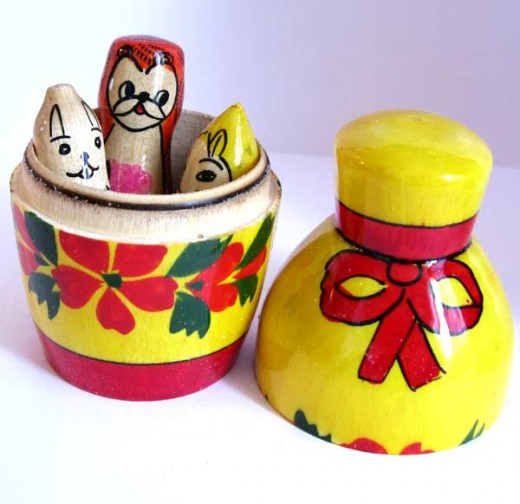
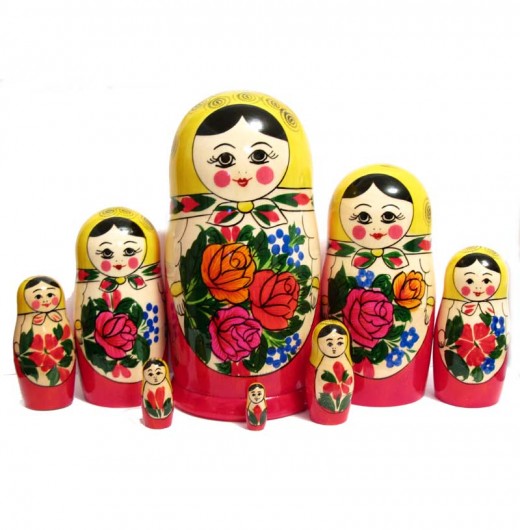
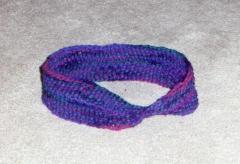
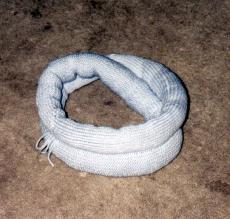
Topology
The term Topology intimidates many students. But not if they have played with Playdoh. Twisting, stretching, and forming clay is what it is all about really!
Imagination
You will be surprised by the imaginative use children make of these concepts.My son made up a story about a little blue car who was unhappy because he did not belong to the set of red cars.The problem was solved by forming the union of blue cars and red cars!
Some children love to cut up shapes and paste them together to form new shapes.They often dub fun names like circlesquare or tricircle.!
No Counting Necessary
You may have noticed that I haven't mentioned teaching to count. Small children can learn to say numbers; I once knew a four year old who could say his numbers from one to thousand.
Math however depends on the concept of "integrity of numbers": the concept that two is equal to one plus one , three is equal to two plus one and so on. Most children don't acquire this concept until at least the age of five. Small children enjoy saying counting rhymes, and listening to counting stories. But there is no advantage in teaching your young child to count beyond 10 before they acquire sufficient integrity of number.
Enjoying Math
Enjoy teaching math!
All children enjoy attention from their parents. So don't just dump learning materials in front of your child. Teach her how to use them. And play with her! Show her that you enjoy making sets, ordering sets and making art with clay and paper! Your interest and enjoyment will not only create a solid background in mathematics but instill a love for creativity and problem solving.
If you think your own concepts are a bit shaky, invest in a few books to clarify your ideas. Or take some tuition from a mathematician friend.(Beware, mathematicians generally love teaching and talking about their subject!)
Above all enjoy playing and learning with your child and enjoy her progress. Even if you detested math when you were at school, you may learn to love it the second time around...
